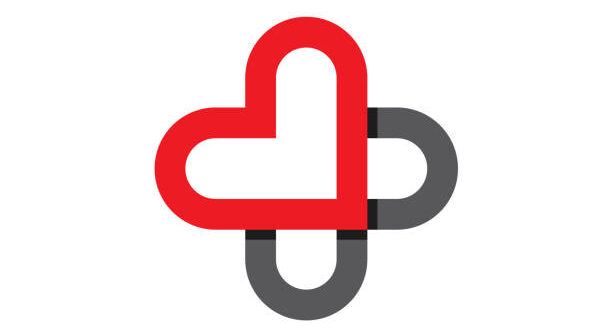
Many employers cannot get access to their medical claims data from health vendors like PBMs and insurers, a new survey from the National Alliance of Healthcare Purchaser Coalitions shows.
A third of employers are struggling to get complete claims data from their vendors, while four in 10 said that their vendors refused to provide access. Employers use this data to analyze healthcare utilization patterns and costs. And this comes as employers combat rising healthcare expenses. More than half say that these costs affect their ability to compete, and 99% of employers say that drug prices, hospital prices and high-cost claims are the biggest threats to affordability.
The National Alliance is an employer advocacy organization. Its Pulse of the Purchaser Survey, released Tuesday, received responses from 324 employers. It was conducted in July and August.
The survey also found that those who do have access to their claims data are more likely to implement strategies to combat costs, such as conduct audits of their PBM agreements, confirm that advisors don’t receive compensation from their PBM, implement centers of excellence and leverage direct contracting with providers.
“A survey respondent aptly described the current healthcare environment as a dumpster fire with unlimited fuel as long as employers continue to put up with the status quo,” said Shawn Gremminger, National Alliance president and CEO, in a statement. “U.S. healthcare costs continue to grow exponentially and outpace economic growth, and it’s the innovative employers that have access to their claims data that are paving the way to fair price and equitable access.”
Bigger employers are more likely to have access to their claims data: 74% of those with more than 50,000 employees have full access compared to 52% of those with less than 1,000 employees.
Additional findings from the survey include:
- About two-thirds of employers have changed vendors from the Big Three PBMs (CVS Caremark, Express Scripts and Optum Rx) or are considering changing vendors in the near future. Many are choosing to work with transparent PBMs.
- Employers have a negative view of hospital consolidation, with about 60% stating that they disagree that it improves cost and quality.
- When asked what policy changes would be the most helpful to their plan, the top choices were PBM reform, drug price regulation, protecting ERISA pre-emption, hospital price transparency and hospital rate regulation.
- About 65% of employers provide coverage of branded GLP-1s in 2025, compared to 67% in 2024. The top cost-mitigating strategies for GLP-1s include limiting coverage to specific populations, requiring lifestyle support like nutrition and exercise, using a point-solution vendor and covering compounded GLP-1s. However, compounded GLP-1s are controversial because they are not FDA-approved.
Photo: Teera Konakan, Getty Images






